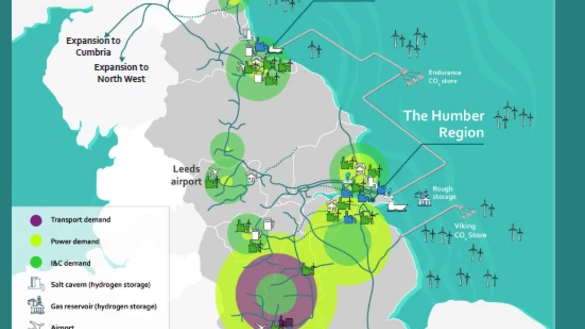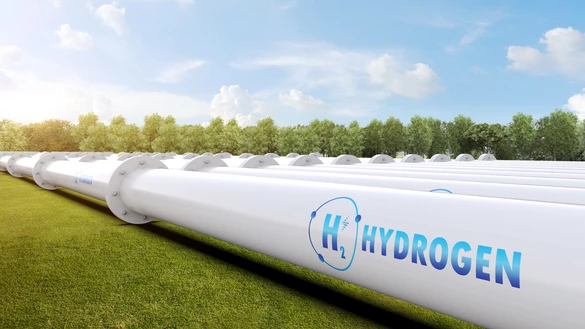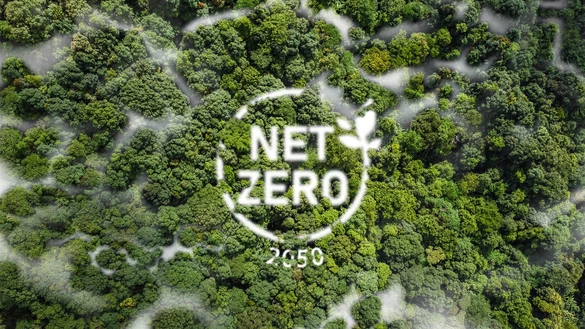- Back
- Balancing
- Capacity
- Charging
- Connections
- Data and operations
- Land and assets
-
Insight and innovation
- Back
- Home
- Insight and innovation
- Transmission innovation
- Summer Outlook
- Winter Outlook
- Gas Ten Year Statement (GTYS)
- Gas Future Operability Planning (GFOP)
- The future of gas-fired generation
- Understanding within-day behaviour
- Identifying future drivers of change
- Changing supply patterns
- Future of gas
- Stakeholder resources

GRAID passes toughest tests yet
Robotic innovation project, GRAID, has successfully completed a punishing phase of offline testing, which included a 12-hour endurance challenge in the face of 77 bar (g) of pressure and 5.0 m/s of flow. Engineering Lead Josh Blake explains the significance of these latest achievements and looks ahead to its live network debut.
The past few months have seen us really put our GRAID robot through its paces. Under extreme test conditions, this major innovation project for our Gas Transmission business has been showing us what it’s really capable of.
For those of you unfamiliar with GRAID (Gas Robotic Agile Inspection Device), we’re developing a robot that will inspect the condition of previously inaccessible buried, high-pressure gas pipework – from the inside.
With the high-quality data it will provide, we’ll be able to manage, maintain and replace our assets more efficiently. We predict this could save around £60m over the next 20 years.
Since February, we’ve been testing GRAID’s capabilities at an offline test rig built by one of our project partners, DNV-GL, at their Pipeline testing and research facility which is within the grounds of RAF Spadeadam in Cumbria.
The rig can be pressurised to 100 bar (g) and induce flow up to 5.0m/s. This facility allows us to recreate the extreme conditions the robot will face when it operates inside the National Transmission System (NTS).
Taken to the limit
In the past month, it completed the final two – and undoubtedly most challenging – tests of a gruelling period.
The first of these final milestone tests happened at the start of May. Up to that point, GRAID had been tested in a pipe pressurised with nitrogen to 51 bar (g). During this test, we introduced natural gas for the first time and increased the pressure to 77 bar (g) and flow of 5m/s.
GRAID passed the test without any issues. To put that into perspective, it’s a world first for any robot to successfully operate in such extreme conditions.
These 77 bar (g) conditions were more severe than we expect the robot to face when it begins live trials at our sites at Pannal, near Harrogate and Bacton in Norfolk. There, we expect pressures of between 50-56 bar.
By stepping well over that margin, it gives us great confidence in GRAID’s ability to perform on the live network.
Proving its mettle
For its final test, the robot ran its own kind of marathon. In a feat of endurance, it was placed inside the pressurised rig – again at 77 bar (g) and 5m/s flow – but this time for 12 hours.
The purpose of this was to prove that it could run for long periods, not just short spells, without its condition deteriorating. Again, it passed with no recorded issues.
When the robot is operating at its maximum operating pressure it will see pressure five times greater than what a submarine will deal with. When you consider how harsh the environment was – and the fact it had to withstand those conditions for longer than a typical working day – that’s a huge accomplishment.
When we’re allowed to think and reach outside the box, brilliant breakthroughs can happen.
- Josh Blake, Project GRAID Engineering Lead
Refining and modifying
Our testing process gave us the time and space to hone the robot and make it as effective as possible before it goes live on the network.
An important modification came during an earlier test, which had set GRAID the challenge of climbing a 45-degree incline for six metres. After initial tests, it became clear that our 250kg robot – the equivalent of two international rugby forwards – would need more magnetic adhesion than we’d originally calculated.
So we extended its driving tracks and researched the best rubber compounds on the market to create the extra grip we needed. As a result, it can now navigate awkward pipe geometries with confidence.
Completing this phase of offline testing is a massive step forward for GRAID. It has given everyone in our Gas Transmission business trust and confidence that GRAID can fulfil day-to-day inspection activities, effectively and safely, on the NTS.
Before GRAID does that, it will need to complete the period of live testing I described before. Its first live appearance on the NTS should happen in mid-June, when online testing is planned to begin at Pannal. Be sure to keep an eye on Connecting to follow how it performs.
‘Dream come true’
As Engineering Lead on the project, it’s been incredible to have the opportunity to work with such new and exciting technology. It really has been a dream come true.
It’s so refreshing to be able to look for new ideas and not feel constrained by how things are usually done. When we’re allowed to think and reach outside the box, brilliant breakthroughs can happen.
To read the full story of GRAID and keep up with the latest on this great gas innovation, check out our dedicated website projectgraid.com.
What our business says
David Hardman, GRAID Project Lead: “A huge thank you to our project partners DNVGL and Synthotech for setting up and completing the acceptance testing. We’re delighted that the required tests were passed ahead of our first live trial.”
Karl Yates, Head of Delivery Services: “These acceptance tests were an excellent way to prove to everyone in GTO that the GRAID robot can handle the harsh conditions we are expecting it to experience inside buried pipework at our above ground installations.”



